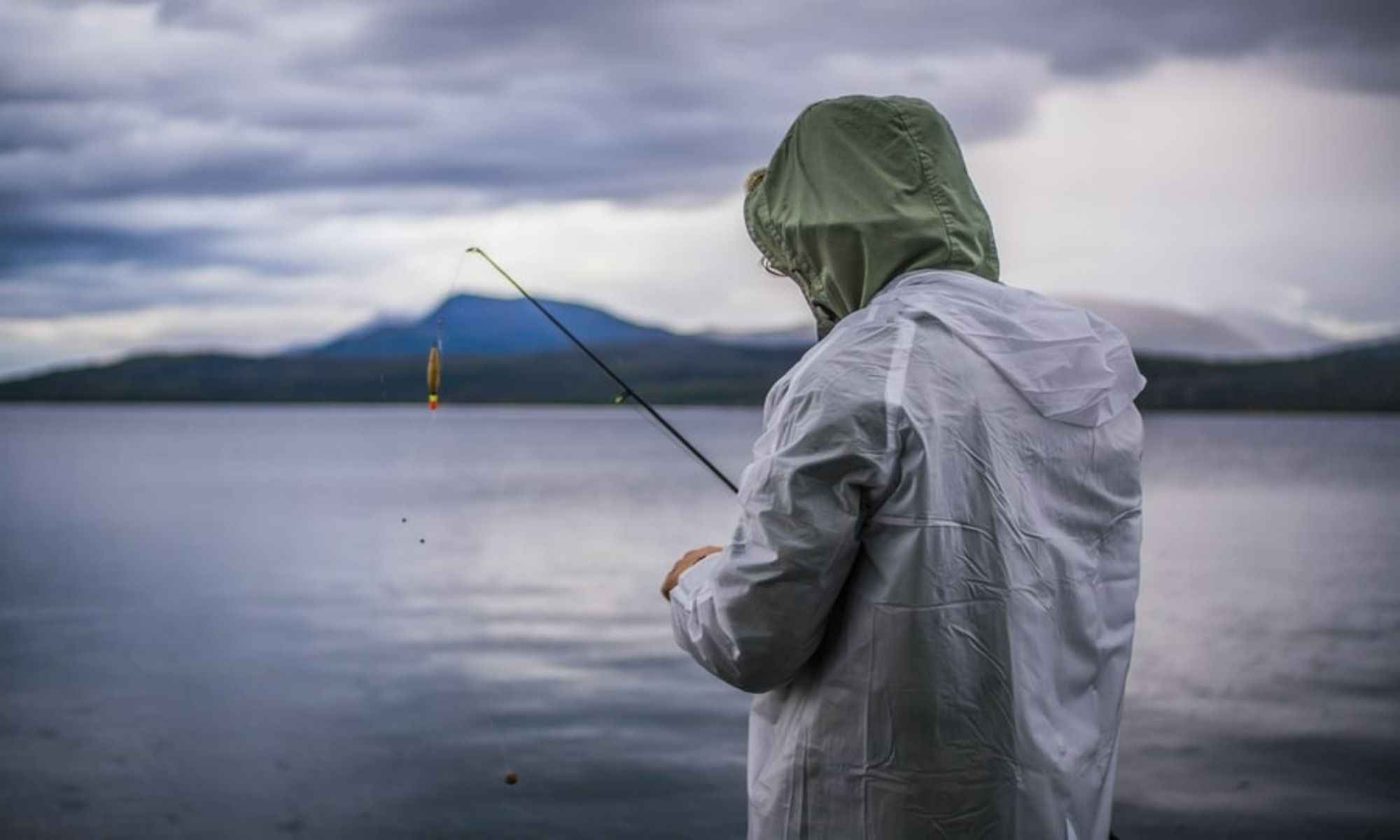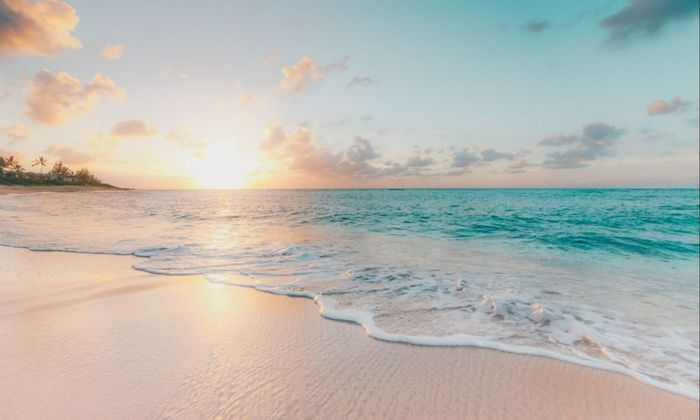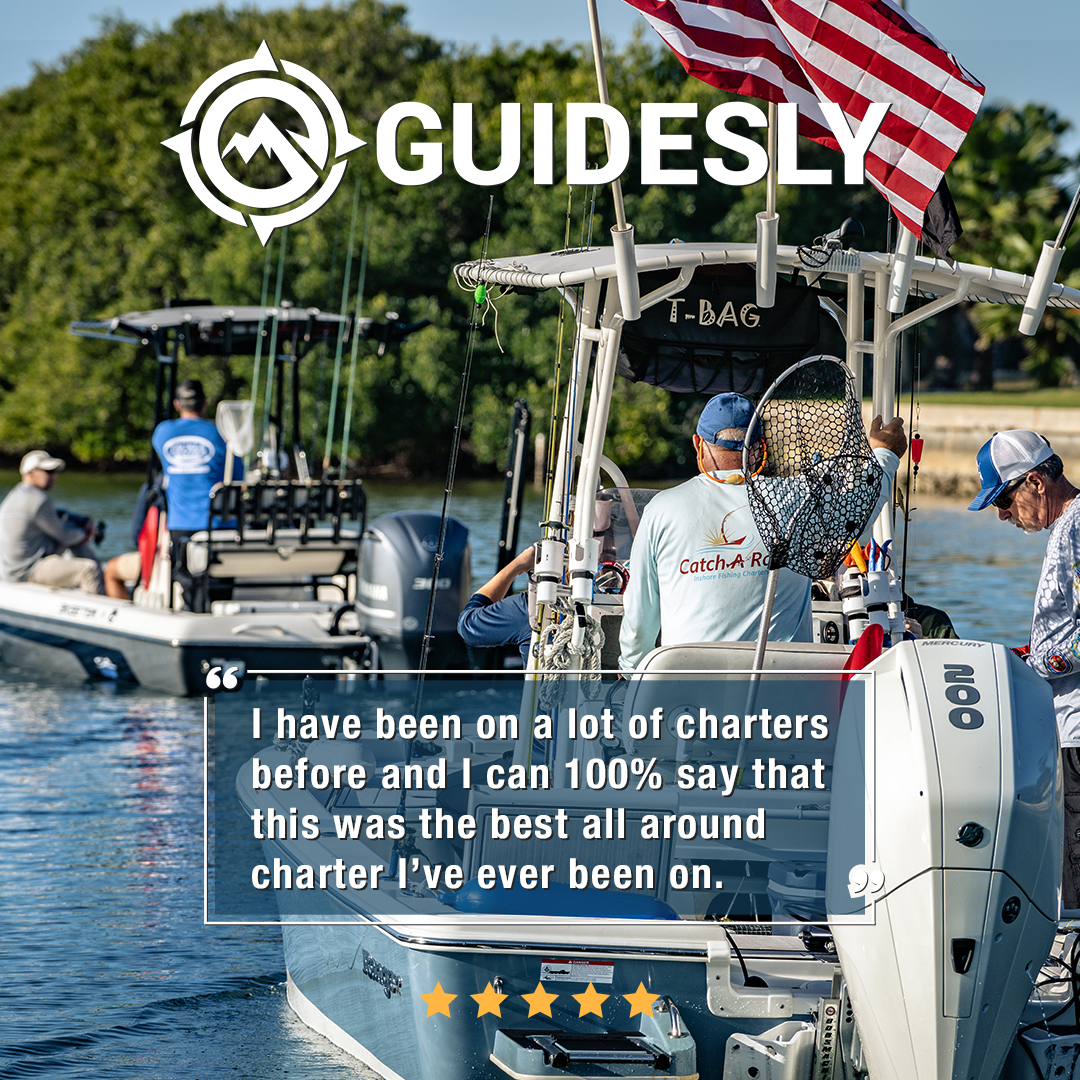How to Choose the Best Rain Gear for Fishing
Things every angler should look out for when choosing the best rain gear.

There are many things to consider bringing on a fishing trip. Equipment like rods, reels, and tackles are the bread and butter of anyone going on a fishing trip. Smaller gear like lures and bait are equally as important. When planning any trip, anglers should never forget what to wear for the day. This is especially true for those going on a fishing boat. Although fishing on piers and docks doesn’t warrant the use of specialized clothing, one thing every angler needs is protection from the rain.
Some of the best times to go fishing are during mornings when the sun isn’t as hot or during cloudy days. Since water temperature isn’t as hot during cloudy days, fish are more active. This makes cloudy days a very popular time to go on a fishing trip. On the other hand, anglers are just as likely to encounter rain as they fish. Therefore any angler going on a trip will find rain gear invaluable. Rain gear can be in jackets, ponchos, and even footwear. They keep anglers from being wet, act as windbreakers, and can keep them from slipping on wet surfaces. With that being said, here are some of the things anglers should look out for when choosing rain gear.
Rain Gear: Choosing the Best For Every Occasion
1. Choose Rain Gear Depending on the Season

With each season bringing a different fish to catch, the same can be said about the changes to the climate. When picking out rain gear, one thing to look out for is its insulation capabilities. When fishing in summer, it’s best to choose rain gear with little insulation, especially in areas where the temperature is high regardless of when it rains. Fishing, in general, can be quite an active sport, with casting, reeling, and handling fish being unexpectedly tiring. With an insulated rain jacket on an already hot day, anglers can risk going through dehydration.

On the other hand, fishing during fall or winter is the perfect time to use insulated equipment. Keeping warm, especially during winter, is essential and something no angler can survive without. Proper care must be taken to ensure that anglers are well insulated when out in the cold. Anglers should take frostbite seriously as this can have long-term effects on their bodies.
2. Breathable Versus Non-breathable Material
Most rain gear is made up of waterproof polyvinyl chloride (PVC.) The difference is only between how much PVC is on specific rain gear. Cheaper rain gear is only thinly coated with PVC. This works well enough for uninsulated and breathable rain gear. It’s much easier to move around with them as they’re lightweight. These thinner rain gear also doubles as windbreakers for those windy days in the sea. Consequently, they’re cheaper, aren’t entirely waterproof, and are more prone to wear and tear. Wearing thinner rain gear is not advised, especially when expecting heavy rainfall.
On the other hand, PVC's rain gear is completely waterproof but more expensive. They’re less breathable and a little bit harder to move in. They’re also thicker and well-insulated. These types of rain gear are more suited to be used during colder seasons or when river wading. Since the material is non-breathable, it can be quite uncomfortable, especially during hot weather.
3. Have Pockets
Having plenty of storage space is very underrated, especially when fishing on a boat. Most times, the boat’s floor is wet, and with the constant rocking due to the waves, it can be a little dangerous to keep moving about. Every time an angler needs to get a lure or hook from a tackle box, the higher the chances of someone slipping. Though it’s impossible to have everything in pockets, it’s still good to have some of them within arm’s reach. There are many rain gear out for sale that can accommodate many small pieces of equipment. Hooks, lures, bait, and even electronics like fish finders and cellphones should always be easy to get. Some rain gear has more pockets than others, so choosing the correct amount is something to be mindful of. When using pockets for keeping cell phones, anglers should ensure that the pockets are completely waterproof.
4. Comfortability
One thing anglers can sometimes forget is to check for the comfortability of anything they’re wearing. As previously mentioned, fishing is a surprisingly active sport. Anglers will be moving around all day, preparing rods, casting, and reeling fish. Especially with precise actions like cutting lines or setting up hooks, it’s good to have clothes that fit well. Discomfort from clothing can feel like a minor nuisance but being comfortable while cutting lines or handling fish can help reduce the likelihood of an accident. Anglers should try to get rain gear that’s easy to move in, especially when preparing for a fishing trip out in the sea. Of course, those fishing on land or in winter should probably use the more insulated and restrictive gear. However, anglers can still use more loose rain gear in colder situations by ensuring that the clothes underneath it provide the necessary amount of warmth. Longer cuts of a jacket are also significant for shielding the lower back from cold winds and even insulation.
5. Budget
Most of the things to look out for boil down to budget. In some cases, the most expensive rain gear out in the market can be a little overkill, especially when fishing at a local pond. It’s good to keep in mind when, where, and in what conditions anglers will fish. Sometimes anglers might not even need all the extra features with the exemption of waterproofing. Of course, getting the cheapest piece of rain gear isn’t always recommended. Durability is something that ties heavily into the price. Anglers who regularly fish would do well to invest in a more expensive but equally durable rain jacket. In the end, it’s all about what the angler needs the most.





